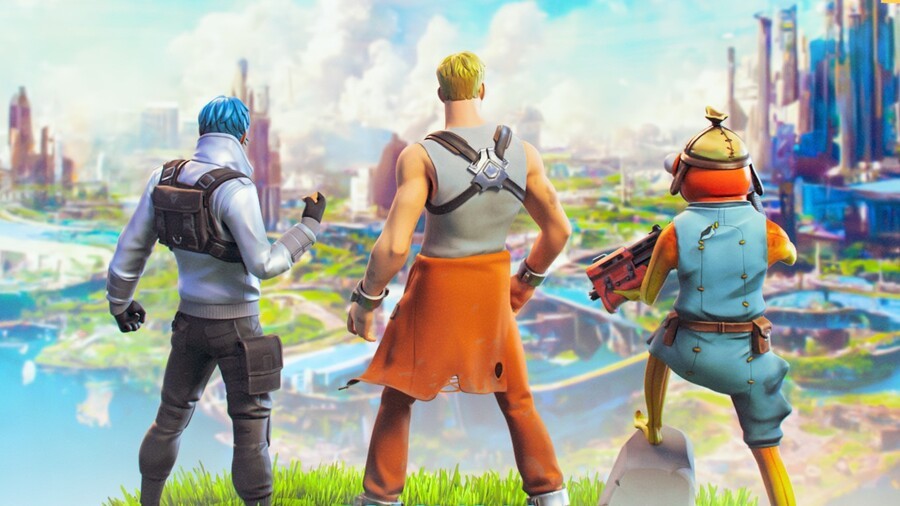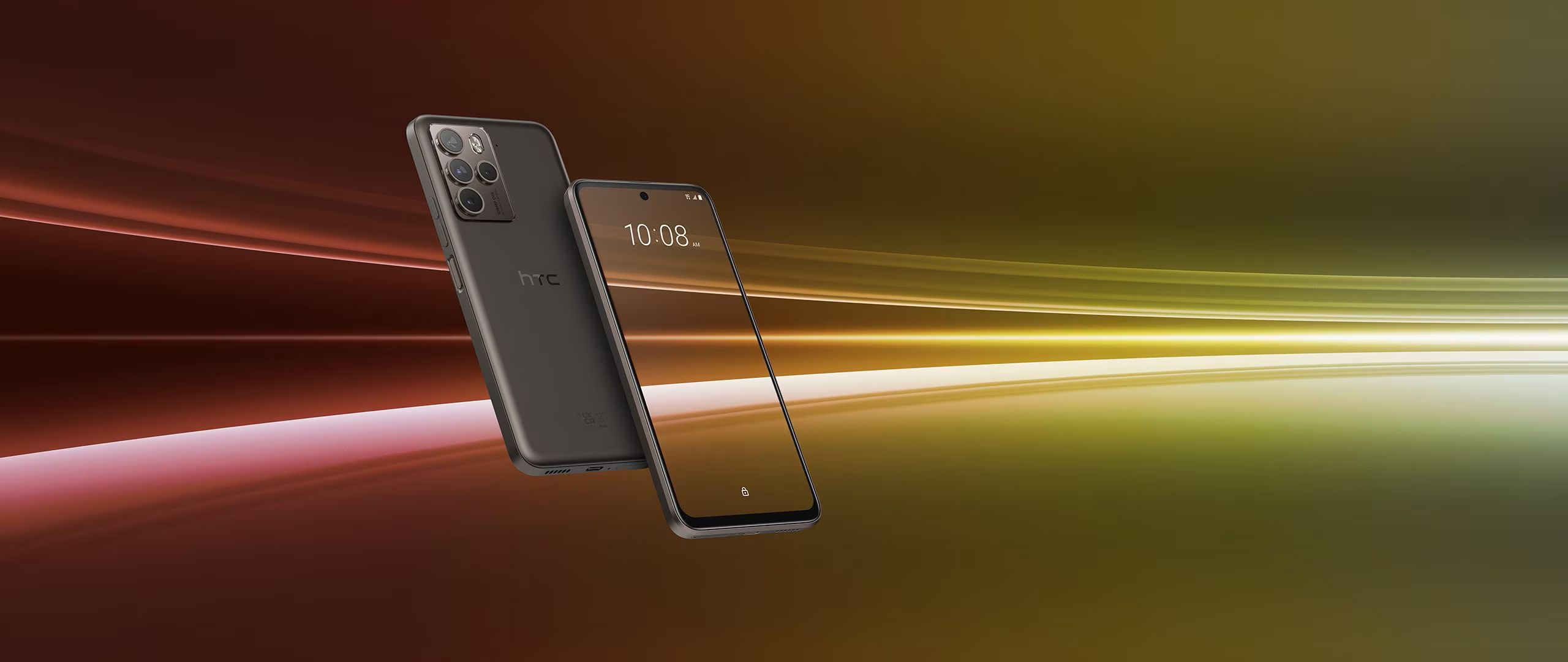
Once the Satellaview was set up, users could connect to St.GIGA’s satellite station every evening. During this time, they could download games (including some Satellaview exclusives), magazines, and more while enjoying special shows. These shows also featured advertising as Nintendo opted to fund the Satellaview by selling ad space like a traditional TV network.
However, the Satellaview didn’t just offer gaming content. The magazines covered everything from cooking to horse racing. In marketing, Nintendo stressed that the Satellaview was aimed at adults rather than just kids.
SoundLink to the past
Arguably the most fascinating part of the Satellaview was the “SoundLink” titles. These games would feature new or remixed gameplay alongside live audio, with in-game events being timed to match things that happened in the audio. Sometimes this took the form of an audio drama, but in others, it was closer to a radio show with music or talk show-style segments.
However, as the audio was live-streamed using satellite radio technology, the games were only playable during the pre-announced broadcast time. If you missed this time slot, you couldn’t play the game. Plus, each broadcast ran for a limited time, so if you played too slowly, you could miss events or be unable to finish the story.
Most of the SoundLink games were released episodically, on a weekly schedule, with each installment having its own goals and events, allowing more users to experience at least part of the currently running event.
The most famous SoundLink game is BS The Legend of Zelda. This was a remake of the first Zelda, with updated graphics, remixed maps, and a clock under the life bar. But as you played, the man from the cave gave running narration, with the map and gameplay mechanics changing based on what he said.
BS The Legend of Zelda would also get sequels in the form of BS The Legend of Zelda Map 2 and 1997’s BS The Legend of Zelda: Ancient Stone Tablets, which was both a remix of and a sequel to A Link to the Past.
But SoundLink was used for way more than Zelda. All in all, over 50 SoundLink games were broadcast during the service’s lifetime, and many of Nintendo’s biggest franchises were represented, including Mario (BS Super Mario USA Power Challenge), F-Zero (BS F-Zero Grand Prix), and Fire Emblem (BS Fire Emblem: Akaneia Senki). Also, some non-Nintendo games had SoundLink versions, including Harvest Moon (BS Harvest Moon) and Dragon Quest (BS Dragon Quest).
To everything, there is a season
In many ways, these SoundLink games are the predecessor to the modern, seasonal live-game model used to stunning effect in games like Fortnite, Apex Legends, and many more, which offer gamers unique, seasonal content that must be played within a limited window or miss out on the chance entirely. The episodic nature of the SoundLink broadcasts meant players had to return weekly to experience all of the story and gameplay. Once that story was finished, a new one (usually in a different game) would begin.

It’s a shame that Nintendo moved away from the SoundLink idea, as even after all these years, it would still be a unique gameplay experience, as no modern game combines gameplay with live performance in quite this way. Technological advancements would, theoretically, make it much simpler to run due to high-speed internet connections being standard in many homes and on consoles, negating the requirement of a costly add-on. Games are routinely built and optimized to handle downloadable content, and gamers around the globe have become more accepting of limited-time events.
However, the Satellaview didn’t just pioneer the idea of limited-time gameplay events.
Pioneering preservation woes
A lot of Satellaview content has not been preserved, despite a large fandom working tirelessly to try and do so. This is doubly true for the SoundLink games, as the audio was live-streamed and thus not saved to the memory packs. So, even when dumps of the memory pack data are archived, a core part of the experience is still missing.
While many presume that Nintendo must have the original sound files and recordings in its vault, it’s unlikely the company will ever release them because that would require getting permission from the various voice actors, musicians, and radio personalities who worked on the audio. Because of this, most of our information about these games comes from the tiny amount of home video footage players recorded during the original broadcasts.
Satellaview to a kill
The Satellaview is a fascinating but overlooked part of gaming history. While it wasn’t the first attempt in the field of downloadable games, the SoundLink titles in particular presented a unique, semi-communal gameplay experience that nothing since has replicated.
In retrospect, the Satellaview was a crucial stepping stone toward the modern live-service game environment, prominently showcasing many of its best and worst elements, and demonstrating how video game preservation is so crucial. The vast majority of the creative work on this trailblazing console is now lost to time.
Once the Satellaview was set up, users could connect to St.GIGA’s satellite station every evening. During this time, they could download games (including some Satellaview exclusives), magazines, and more while enjoying special shows. These shows also featured advertising as Nintendo opted to fund the Satellaview by selling ad space like a traditional TV network.
However, the Satellaview didn’t just offer gaming content. The magazines covered everything from cooking to horse racing. In marketing, Nintendo stressed that the Satellaview was aimed at adults rather than just kids.
SoundLink to the past
Arguably the most fascinating part of the Satellaview was the “SoundLink” titles. These games would feature new or remixed gameplay alongside live audio, with in-game events being timed to match things that happened in the audio. Sometimes this took the form of an audio drama, but in others, it was closer to a radio show with music or talk show-style segments.
However, as the audio was live-streamed using satellite radio technology, the games were only playable during the pre-announced broadcast time. If you missed this time slot, you couldn’t play the game. Plus, each broadcast ran for a limited time, so if you played too slowly, you could miss events or be unable to finish the story.
Most of the SoundLink games were released episodically, on a weekly schedule, with each installment having its own goals and events, allowing more users to experience at least part of the currently running event.
The most famous SoundLink game is BS The Legend of Zelda. This was a remake of the first Zelda, with updated graphics, remixed maps, and a clock under the life bar. But as you played, the man from the cave gave running narration, with the map and gameplay mechanics changing based on what he said.
BS The Legend of Zelda would also get sequels in the form of BS The Legend of Zelda Map 2 and 1997’s BS The Legend of Zelda: Ancient Stone Tablets, which was both a remix of and a sequel to A Link to the Past.
But SoundLink was used for way more than Zelda. All in all, over 50 SoundLink games were broadcast during the service’s lifetime, and many of Nintendo’s biggest franchises were represented, including Mario (BS Super Mario USA Power Challenge), F-Zero (BS F-Zero Grand Prix), and Fire Emblem (BS Fire Emblem: Akaneia Senki). Also, some non-Nintendo games had SoundLink versions, including Harvest Moon (BS Harvest Moon) and Dragon Quest (BS Dragon Quest).
To everything, there is a season
In many ways, these SoundLink games are the predecessor to the modern, seasonal live-game model used to stunning effect in games like Fortnite, Apex Legends, and many more, which offer gamers unique, seasonal content that must be played within a limited window or miss out on the chance entirely. The episodic nature of the SoundLink broadcasts meant players had to return weekly to experience all of the story and gameplay. Once that story was finished, a new one (usually in a different game) would begin.

It’s a shame that Nintendo moved away from the SoundLink idea, as even after all these years, it would still be a unique gameplay experience, as no modern game combines gameplay with live performance in quite this way. Technological advancements would, theoretically, make it much simpler to run due to high-speed internet connections being standard in many homes and on consoles, negating the requirement of a costly add-on. Games are routinely built and optimized to handle downloadable content, and gamers around the globe have become more accepting of limited-time events.
However, the Satellaview didn’t just pioneer the idea of limited-time gameplay events.
Pioneering preservation woes
A lot of Satellaview content has not been preserved, despite a large fandom working tirelessly to try and do so. This is doubly true for the SoundLink games, as the audio was live-streamed and thus not saved to the memory packs. So, even when dumps of the memory pack data are archived, a core part of the experience is still missing.
While many presume that Nintendo must have the original sound files and recordings in its vault, it’s unlikely the company will ever release them because that would require getting permission from the various voice actors, musicians, and radio personalities who worked on the audio. Because of this, most of our information about these games comes from the tiny amount of home video footage players recorded during the original broadcasts.
Satellaview to a kill
The Satellaview is a fascinating but overlooked part of gaming history. While it wasn’t the first attempt in the field of downloadable games, the SoundLink titles in particular presented a unique, semi-communal gameplay experience that nothing since has replicated.
In retrospect, the Satellaview was a crucial stepping stone toward the modern live-service game environment, prominently showcasing many of its best and worst elements, and demonstrating how video game preservation is so crucial. The vast majority of the creative work on this trailblazing console is now lost to time.






